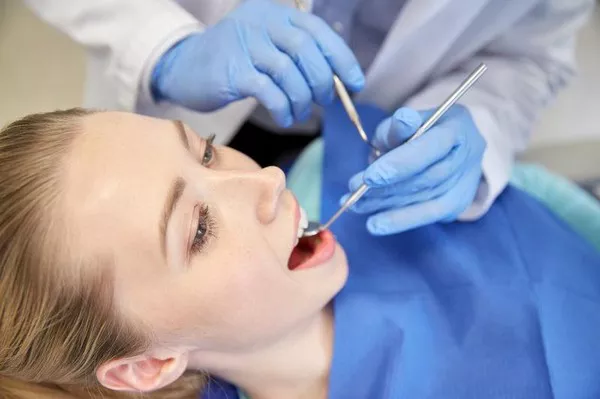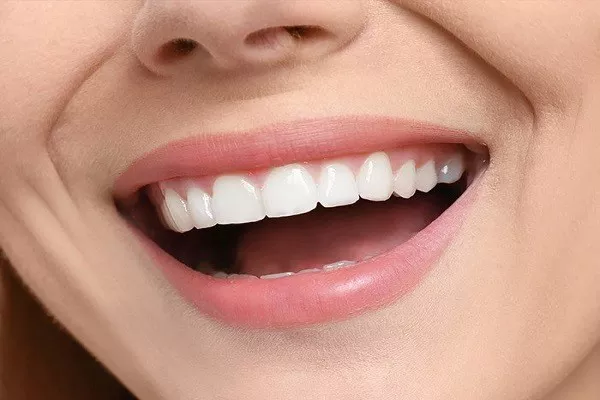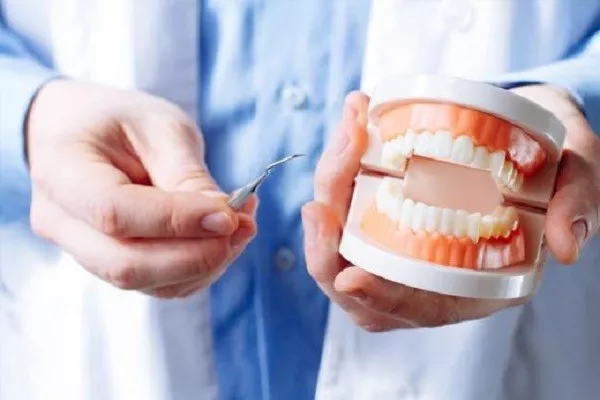Orthodontic treatment is a branch of dentistry that focuses on correcting misaligned teeth and jaws to improve oral health and overall appearance. It involves the use of various orthodontic appliances such as braces, aligners, and retainers to move teeth into their correct positions. In this article, we will discuss the definition of orthodontic treatment and its benefits in detail.
Definition of Orthodontic Treatment
Orthodontic treatment is a dental specialty that deals with the diagnosis, prevention, and treatment of dental and facial irregularities. This branch of dentistry focuses on correcting the alignment and position of teeth and jaws to improve the appearance and function of the teeth and jaws.
The most common orthodontic appliances used in treatment are braces, which are made of metal brackets and wires. Other options include clear aligners, lingual braces, and self-ligating braces. The type of appliance used depends on the individual patient’s needs and goals.
Benefits of Orthodontic Treatment
- Improved Oral Health
Orthodontic treatment can improve oral health by correcting misaligned teeth and jaws. Misaligned teeth can lead to dental problems such as gum disease, tooth decay, and cavities. Misaligned jaws can also cause problems such as jaw pain, headaches, and difficulty chewing and speaking.
- Enhanced Appearance
Orthodontic treatment can enhance the appearance of the teeth and smile. Straight, well-aligned teeth are more attractive and can boost confidence and self-esteem.
- Better Functionality
Orthodontic treatment can also improve the functionality of the teeth and jaws. Straight teeth can make it easier to speak, chew, and bite properly.
Types of Orthodontic Treatment
- Traditional Braces
Traditional braces consist of metal brackets and wires that are attached to the teeth. Braces gradually move the teeth into the correct position over time. Patients visit their orthodontist regularly to adjust the braces and ensure that treatment is progressing as planned.
- Clear Aligners
Clear aligners are a popular alternative to traditional braces. These clear plastic trays are custom-made to fit over the teeth and gradually move them into their correct position. Clear aligners are nearly invisible and can be removed for eating and brushing.
- Lingual Braces
Lingual braces are similar to traditional braces, but the brackets and wires are attached to the back of the teeth instead of the front. Lingual braces are not visible from the front and are a good option for those who are self-conscious about wearing braces.
- Self-Ligating Braces
Self-ligating braces are similar to traditional braces, but they use a specialized bracket that does not require elastics or metal ties. This type of braces is often more comfortable and requires fewer adjustments.
Orthodontic Treatment Process
The process of orthodontic treatment typically involves several steps:
- Consultation: The first step is to schedule a consultation with an orthodontist. During the consultation, the orthodontist will evaluate the patient’s teeth and jaws and recommend a treatment plan.
- Treatment Plan: Once the orthodontist has evaluated the patient, they will create a customized treatment plan that outlines the specific type of orthodontic appliance to be used and the duration of treatment.
- Placement of Braces or Aligners: The next step is to place the braces or aligners on the teeth. The orthodontist will provide instructions on how to care for the appliances and what foods to avoid.
- Regular Checkups: Patients will need to visit their orthodontist regularly for adjustments to their braces or aligners. The frequency of these appointments will depend on the type of appliance being used and the individual patient’s needs.
- Completion of Treatment: Once treatment is complete, patients will need to wear a retainer to maintain the position of their teeth. The orthodontist will provide instructions on how often to wear the retainer and for how long.
Factors to Consider When Choosing an Orthodontist
Choosing an orthodontist is an important decision that should not be taken lightly. Some factors to consider when choosing an orthodontist include:
- Credentials and Experience
It is important to choose an orthodontist who has the proper credentials and experience. Look for an orthodontist who is board-certified and has several years of experience treating patients.
- Reputation
Ask for recommendations from family and friends, and read online reviews to get an idea of the orthodontist’s reputation. Look for an orthodontist who is known for providing high-quality care and excellent customer service.
- Office Environment
The office environment should be clean, comfortable, and welcoming. Look for an orthodontist who has a modern office with the latest technology and amenities.
- Cost and Payment Options
Orthodontic treatment can be expensive, so it is important to choose an orthodontist who offers reasonable rates and flexible payment options. Many orthodontists offer payment plans and accept insurance to help make treatment more affordable.
Conclusion
Orthodontic treatment is a valuable investment in one’s oral health and overall well-being. Whether you choose traditional braces, clear aligners, lingual braces, or self-ligating braces, the benefits of orthodontic treatment are numerous. Improved oral health, enhanced appearance, and better functionality are just a few of the advantages of orthodontic treatment. If you are considering orthodontic treatment, be sure to consult with an experienced orthodontist to determine the best treatment plan for your individual needs.
Related Topics:
































